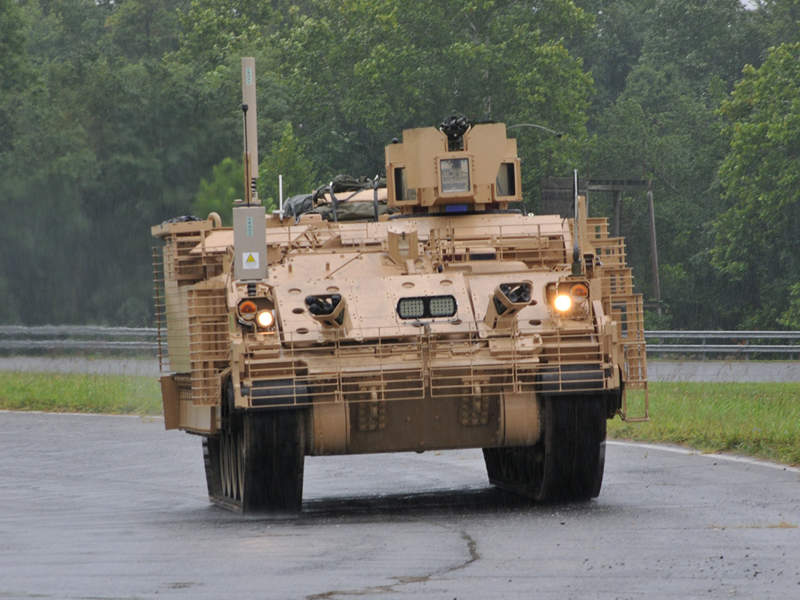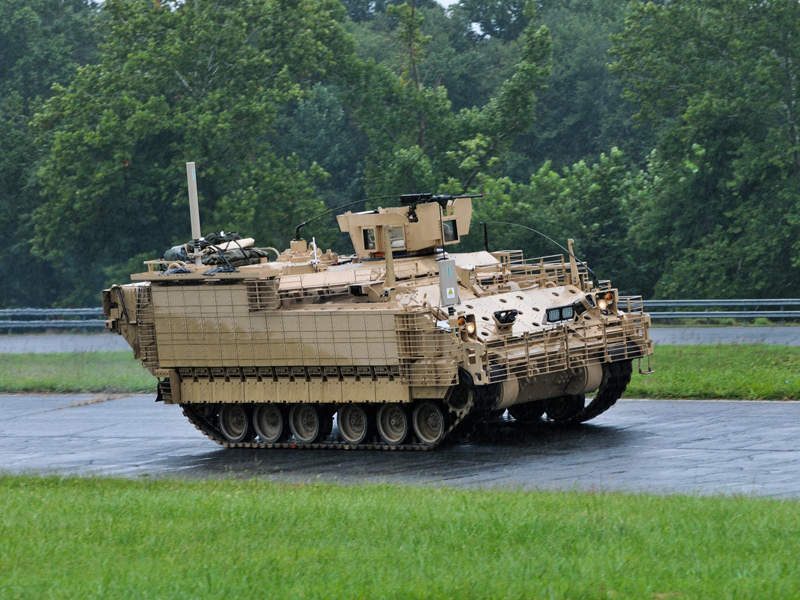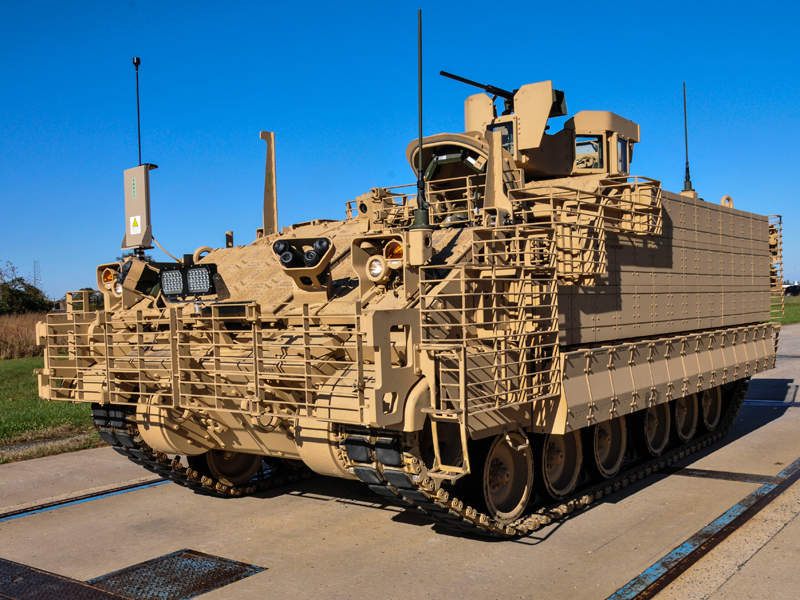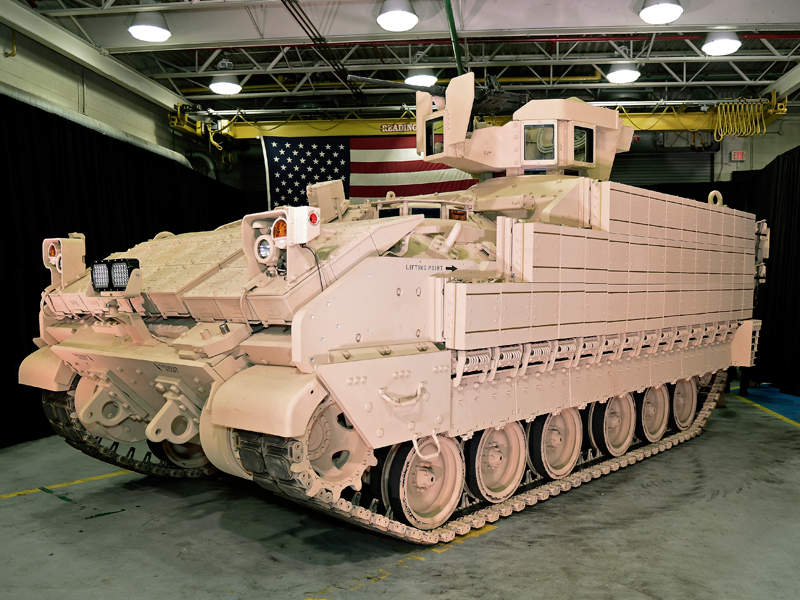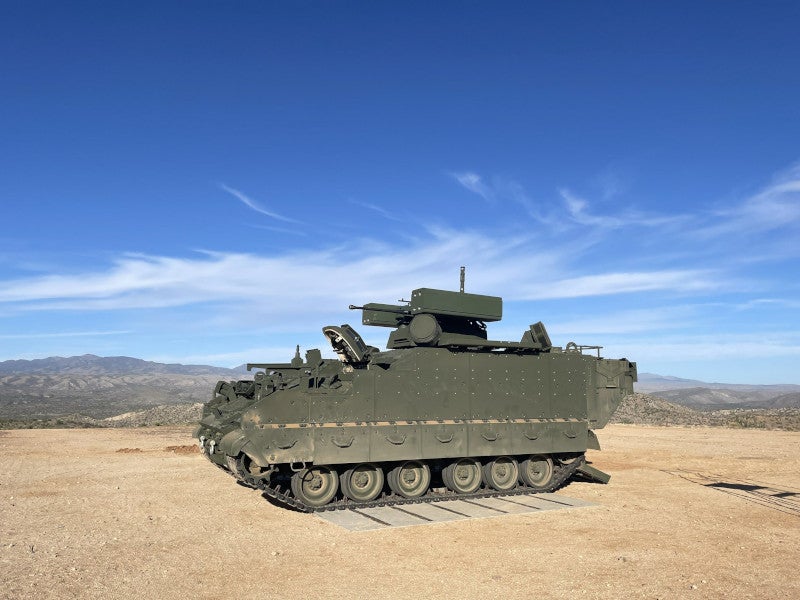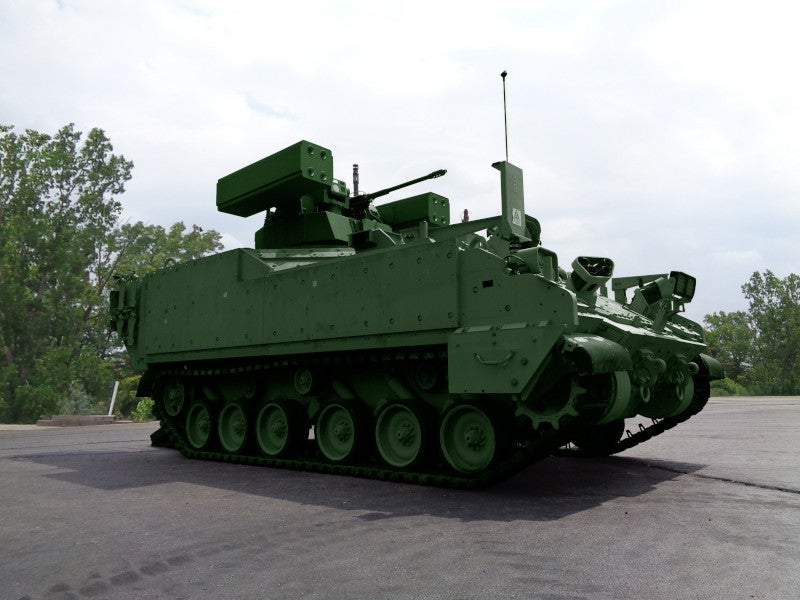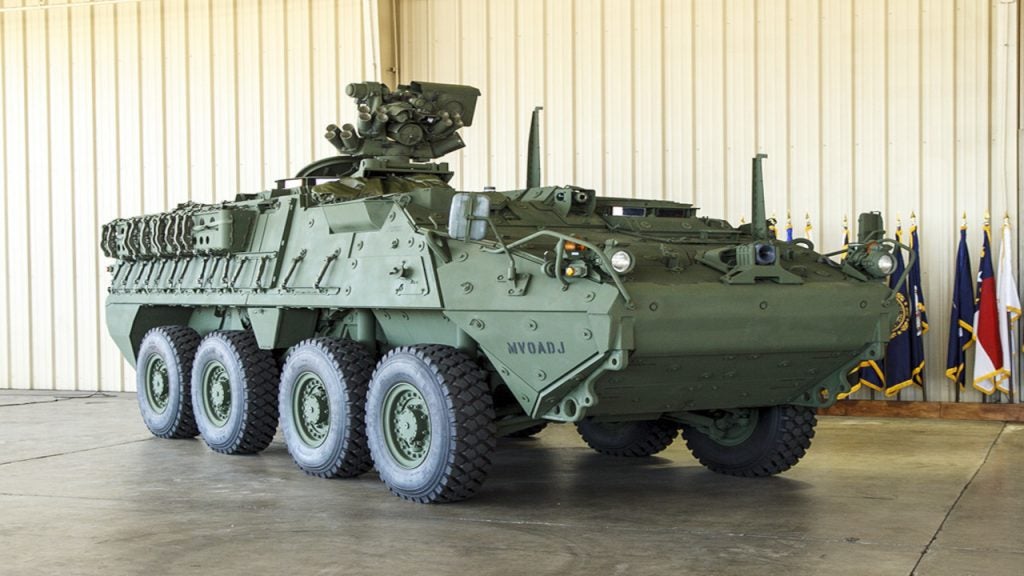BAE Systems is developing a new armoured multi-purpose vehicle (AMPV) to replace the existing M113 family of vehicles that have been in service with the US Army since 1960.
BAE Systems secured a contract from the US Army for the engineering, manufacturing and development (EMD) and low-rate initial production (LRIP) of the vehicles in December 2014.
Under the LRIP contract, BAE is responsible for the development of 29 AMPVs under the EMD phase and the production of 289 vehicles in multiple configurations.
The first prototype in general configuration was presented to the armed forces in December 2016.
The vehicle combines mobility features with advanced technologies to enhance the survivability of the occupants on the battlefield. The AMPVs are expected to be deployed by the Armoured Brigade Combat Team (ABCT).
The first LRIP vehicle was delivered to the US Army in August 2020.
BAE Systems secured a $797m contract to move the AMPV into full-rate production from the US Army in September 2023. The contract includes further options that could increase the total contract value to $1.6bn.
In October 2023, BAE Systems unveiled the AMPV counter-unmanned aircraft system (C-UAS) prototype at the Association of the United States Army Annual Meeting & Exposition.
The C-UAS prototype was successfully tested in January 2024 during a live fire demonstration.
BAE AMPV design and development details
BAE successfully concluded the critical design review (CDR) of the new AMPV in June 2016. The US Army took final delivery of the AMPVs built under the EMD phase in April 2018.
The vehicles underwent strenuous testing to test the availability, maintainability, logistics and mission reliability of the vehicle. The vehicle then entered the Milestone C review phase, followed by the LRIP phase.
BAE AMPV is based on the design of the Bradley infantry fighting vehicle (IFV). It retains the layout of Bradley IFV but incorporates a one-man open-top turret. The driver’s compartment and engine are located at the forward hull while the troop’s section is positioned at the rear.
The rear hull of the vehicle features a hydraulic ramp, which allows rapid entry and exit of troops. The general-purpose configuration measures 3.7m wide and 3.1 m high and offers a ground clearance of 0.4m. The gross weight of the vehicle is approximately 36,000kg.
BAE AMPV variants
The BAE AMPV can be customised into multiple configurations based on the mission requirements. It is being developed in five variants, namely general-purpose vehicle, medical evacuation vehicle, mission command vehicle, mortar carrier vehicle, and medical treatment vehicle.
A sixth variant of the vehicle will also be developed to replace the engineer variant of M113 vehicles at Echelons Above Brigade (EAB). The engineer vehicle variant will provide advanced combat capability to the combat engineers at EAB.
The general-purpose vehicle can be used for the transportation of troops, supplying equipment and goods to the forces and carrying casualties from the battlefield. The variant can carry a maximum of six personnel, including a driver, a commander and four infantry troops.
The medical evacuation variant of the AMPV was exhibited at the AUSA 2016. It can carry three crew, six ambulatory patients or four litter patients or three ambulatory and two litter patients during casualty evacuation (CASEVAC) operations.
The AMPV C-UAS prototype was developed in partnership with Moog, a designer and manufacturer of precision control components and systems. It is equipped with an External Mission Equipment Package (ExMEP) interchangeable top plate that enables quick integration of mission equipment.
The prototype is equipped with Moog Reconfigurable Integrated-weapons Platform (RIwP®) turret, which provides air defence, anti-armour, or multi-mission capabilities.
It showcased its precision in detecting, tracking, identifying, and neutralising both static and dynamic targets in the air and on the ground across a range of realistic combat situations during comprehensive field tests conducted at the Big Sandy range in Kingman, Arizona.
Armament and self-protection features of BAE AMPV
The one-man open turret of the AMPV can be installed with a roof-mounted protected weapon station housing 7.62mm or 12.7mm machine guns, or a 40mm automatic grenade launcher.
The all-welded aluminium hull integrates enhanced underbody protection for increased survivability. Explosive reactive armour sheets fitted in front and on either side of the hull offer protection against grenade launchers and guided ammunition. Applique armour and spall liners on the crew compartment further enhance the protection level offered by the vehicle.
The crew and engine compartments feature an advanced automatic fire suppression system.
Engine and mobility of the BAR AMPV
The BAE AMPV is powered by a Cummins diesel engine, which offers a maximum power output of 600hp. The fuel tanks are stationed at the rear of the vehicle.
The vehicle is expected to attain a maximum speed of 61km/h and a maximum range of 362km. The on-board suspension system ensures smooth mobility of the vehicle while traversing through rough terrain.
Moog RIwP turret details
The Moog RIwP turret is a modular, and scalable remote turret system that offers the capability to accommodate multi-domain payloads on both existing and future armoured vehicles.
The remote weapon platform provides capabilities for air defence and anti-armour operations, as well as multi-mission functions using precision medium-calibre weaponry and indirect firing systems.
Engineered to be compatible with various weapons, sights and platforms, the RIwP is adaptable to accommodate increasing firepower needs for upcoming mission demands.
The turret is constructed with the warfighter’s protection as a priority, enabling ammunition replenishment from within the safety of armoured protection.

